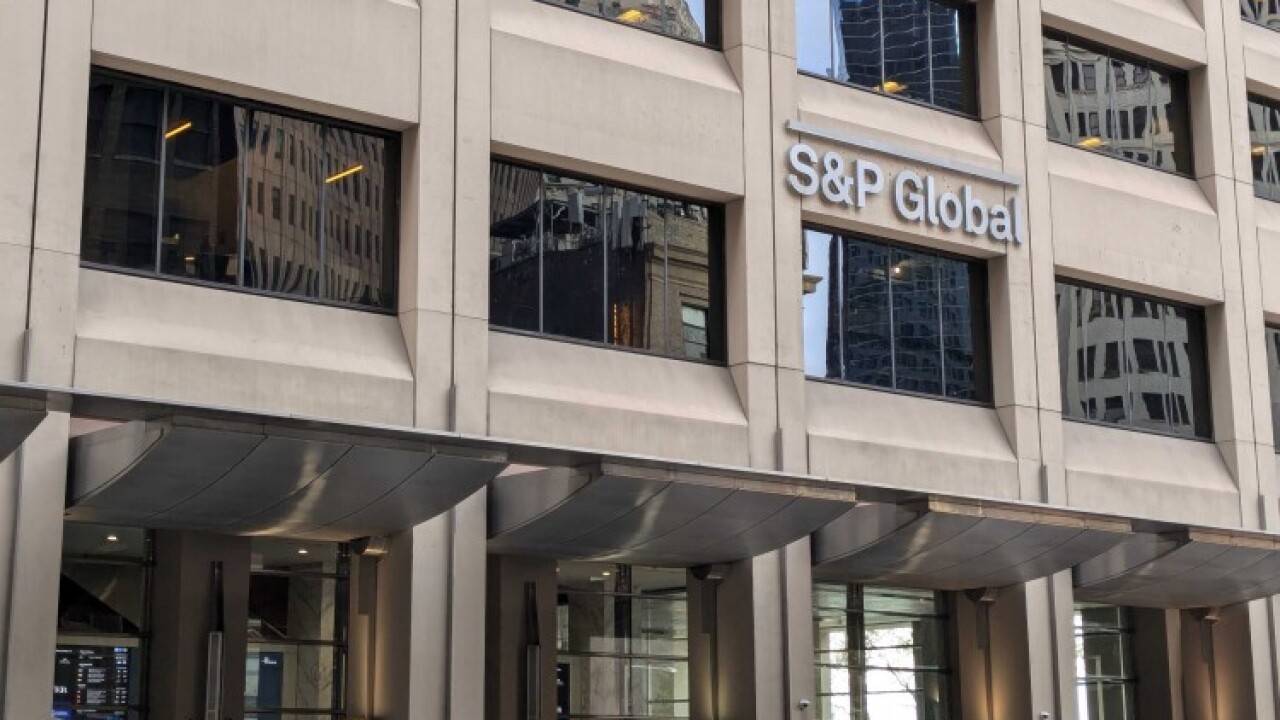The Federal Open Market Committee left rates at a range of 1.5% to 1.75%, with no officials dissenting, and the updated forecasts call for rates to remain there through 2020.
“As expected, the Fed left rates unchanged today and next year’s decisions will be data dependent,” said Tony Bedikian, head of global markets at Citizens Bank. “We are seeing more consensus that monetary policy is on track. We had a very strong jobs number last week and Fed policymakers seem to have struck a balance between low unemployment and moderate inflation in a slow, steady growth environment.”

The repo market remains an issue.
“Financial markets remain somewhat fragile, with many concerned regarding the lack of liquidity in overnight funding markets,” said Mortgage Bankers Association SVP and Chief Economist Mike Fratantoni. “The Fed’s ongoing efforts to add liquidity through repos and Treasury purchases will remain a key focus of meetings in the year ahead, even if their short-term rate target is locked in.”
The Fed has been intervening in the repo market since a spike in rates in September, attributed to a corporate tax payment due date and auctions settling. The Fed had been cutting its balance sheet, which rose in the wake of the financial crisis, after it started "normalizing" interest rates, resulting in less liquidity in the repo market.
In his post-meeting press conference, Fed Chair Jerome Powell said the Fed interventions will not have any macroeconomic implications and the panel is prepared to tweak operations if needed, including supervisory and regulatory matters, as long as they don’t undermine safety.
The new Summary of Economic Projections, or dot plot, projects rates at 1.6% through 2020, 1.9% in 2021 and 2.1% in 2022, which means about one rate hike a year after next year. Only four of the 17 Fed officials plan a rate hike in 2020.
Unemployment is expected to be steady next year, with the long-term jobless rate at 4.1%, down 0.1-point from the prior estimate.
GDP growth estimates were unchanged: 2% next year and 1.9% the year after. The panel still expects inflation to run 2% next year.
“It looks like the Fed’s insurance policy cuts are over. The performance of the U.S. economy this year has not really been that far off what the Fed thought it was going to look like before the pivot in policy direction,” said Fitch Ratings Chief Economist Brian Coulton. “Specifically, the Fed’s latest forecasts for GDP growth and core inflation in 2019 are only one quarter of a percentage point lower than what the Fed was predicting back in September 2018, before the pivot. But interest rates are now 150 bps lower than the Fed’s September 2018 forecasts for the end of this year. That gap represents quite a lot of insurance.”
Powell said the connection between unemployment and inflation still exists, but is “very faint.” There’s a slight relationship between slack in the economy and inflation in his opinion.
“We can sustain much lower levels of unemployment than we thought,” he said. “That’s a good thing.”
“The bar to a resumption of rate hikes is high, while a further cut will require a renewed deterioration in the economic outlook and/or increased market uncertainty (possibly triggered by a resumption of negative trade war headlines),” said Lee Ferridge, head of macro strategy for North America at State Street. “All in all, the Fed is back in ‘patient’ mode and this likely means more range trading for the dollar and longer-end U.S. Treasury yields. So long as short-end liquidity continues to flow, equities should continue to provide positive returns in the coming weeks (trade war news dependent).”
Data
The consumer price index jumped 0.3% in November, and 2.1% on a year-over-year basis, while the core rate gained 0.2% in the month and 2.3% for the year, the Labor Department reported Wednesday.
Economists polled by IFR Markets expected a 0.2% increase in the headline and core numbers for the month and a 2.0% gain in the headline and 2.3% gain in core for the year.
Treasury said the government ran a $208.8 billion deficit on November after a $134.5 billion shortage in October.
Economists expected a $195.0 billion deficit.





